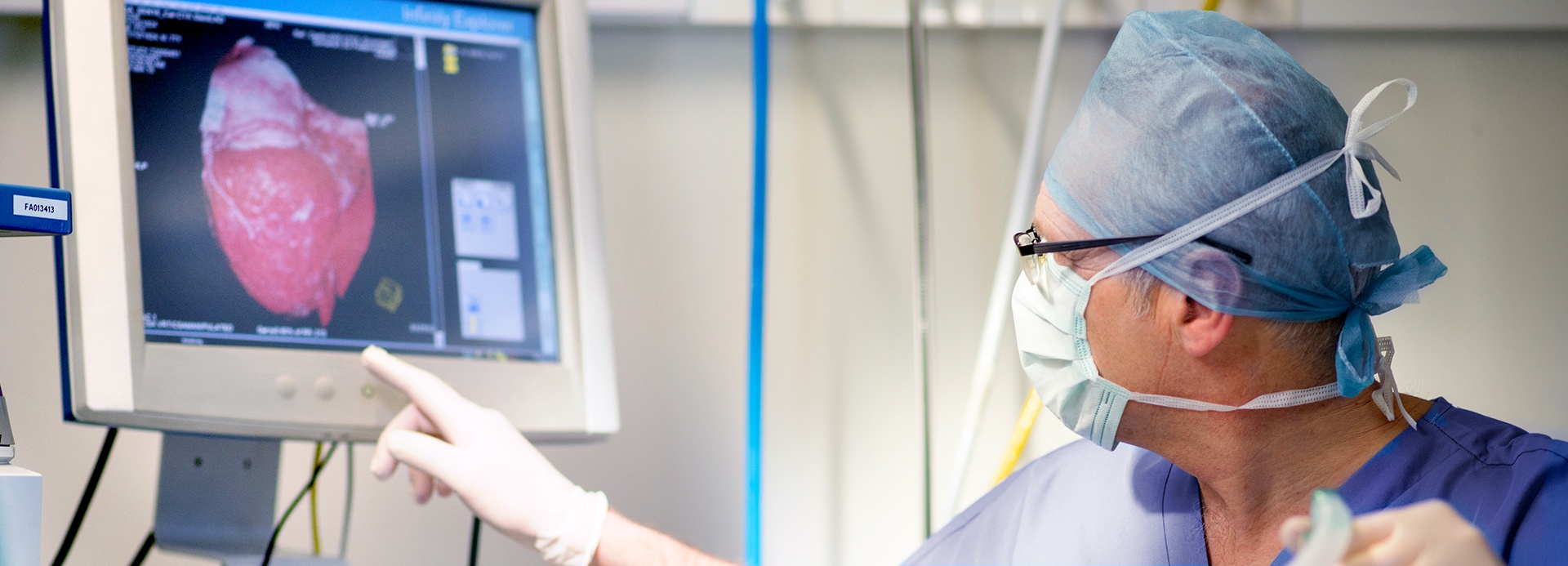Cardiac Anesthesia
Our award winning care ensures that every cardiac patient receives exceptional and compassionate care throughout the procedure.

-
About Cardiac Anesthesia
We have dedicated teams at both Pennsylvania Hospital and Phoenixville Hospital who specialize in providing anesthesia for open heart and other major cardiac surgeries. The cardiac anesthesia team at Pennsylvania Hospital has been recognized by the health system for its on-table extubation research study led by Chief Cardiac Anesthesiologist, Jonathan Parmet, M.D. and Chief Cardiac Surgeon, Satoshi Furukawa, M.D. At Pennsylvania Hospital, close to 80% of cardiac surgical patients have the breathing tube removed in the operating room upon completion of the surgical procedure, compared to the national average of 2.4%. Removal of the breathing tube permits patients to go directly to postsurgical intensive care, and immediately begin the recovery process. As a result of our innovative approach, the postoperative length of stay for cardiac surgical patients has significantly decreased - some patients leave the hospital three days after the surgical procedure.
To facilitate or enhance postoperative recovery, patients receive the following in the preoperative holding area prior surgery:
- A capsule/pill of Gabapentin
- A single sterile injection of spinal narcotic through a very small needle in the lower portion of of the patient's back.
The above interventions not only facilitate removal of the breathing tube in the operating room, but may decrease the need for pain medication in the postoperative period. Also, in the preoperative holding area an arterial catheter will be placed typically in the right wrist. Although local anesthesia is administered sometimes placement of this catheter is uncomfortable.
After the start of anesthesia and placement of the breathing tube, an intravenous catheter will be placed in the right neck area, which permits the monitoring of pressures, as well as the function of the patient’s heart. This catheter will remain in place after the surgery, and will be removed shortly after arrival in the intensive care unit. After the start of general anesthesia, a small tube will be placed in the esophagus to take ultrasound pictures of how the heart functions and how the heart valves move. This tube is removed while in the operating room, prior to waking up. After going to sleep, local anesthesia will be administered where the incision occurs to decrease postoperative pain.
All of the above interventions are focused on decreasing postoperative pain and facilitating patient recovery.

